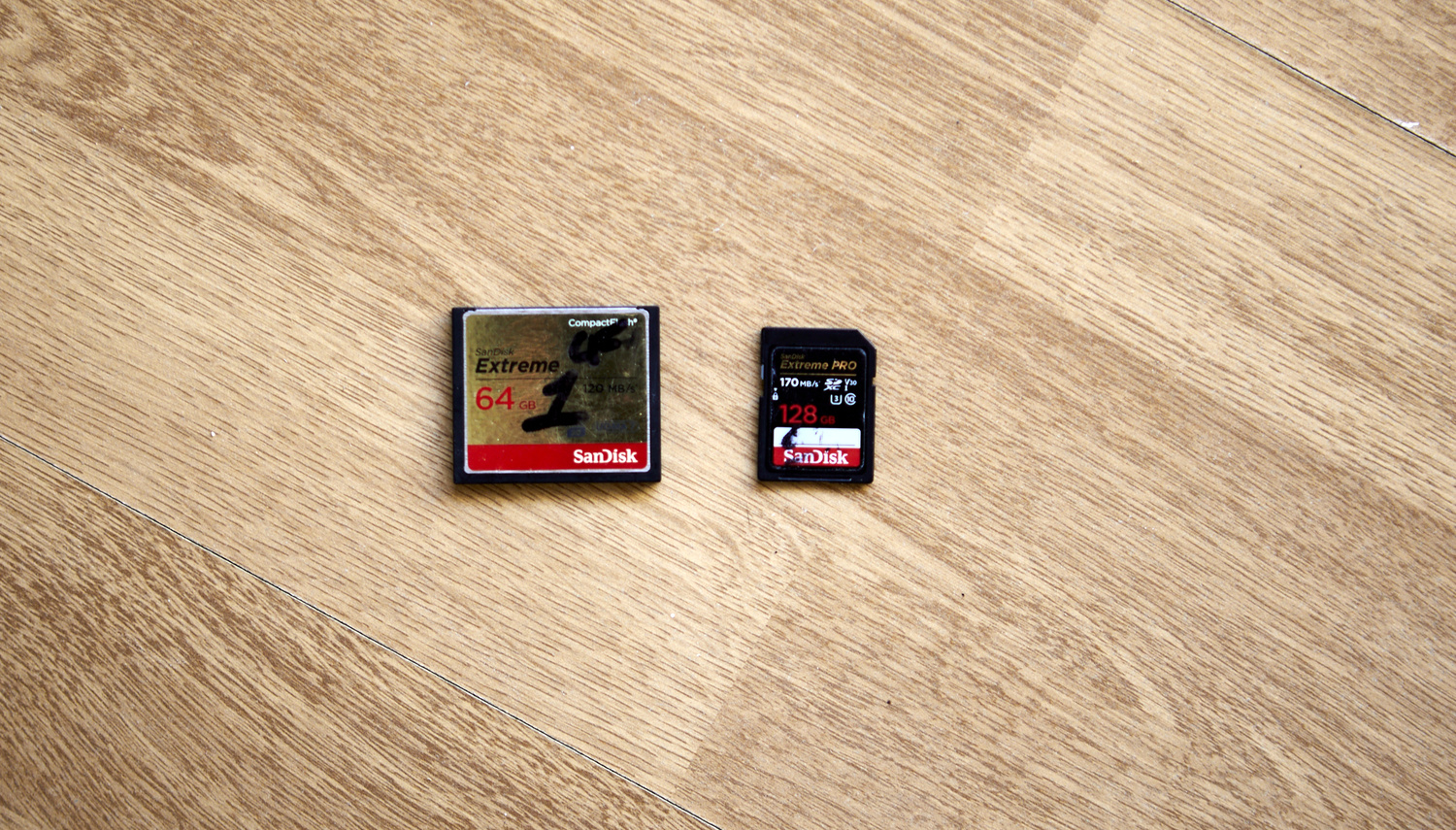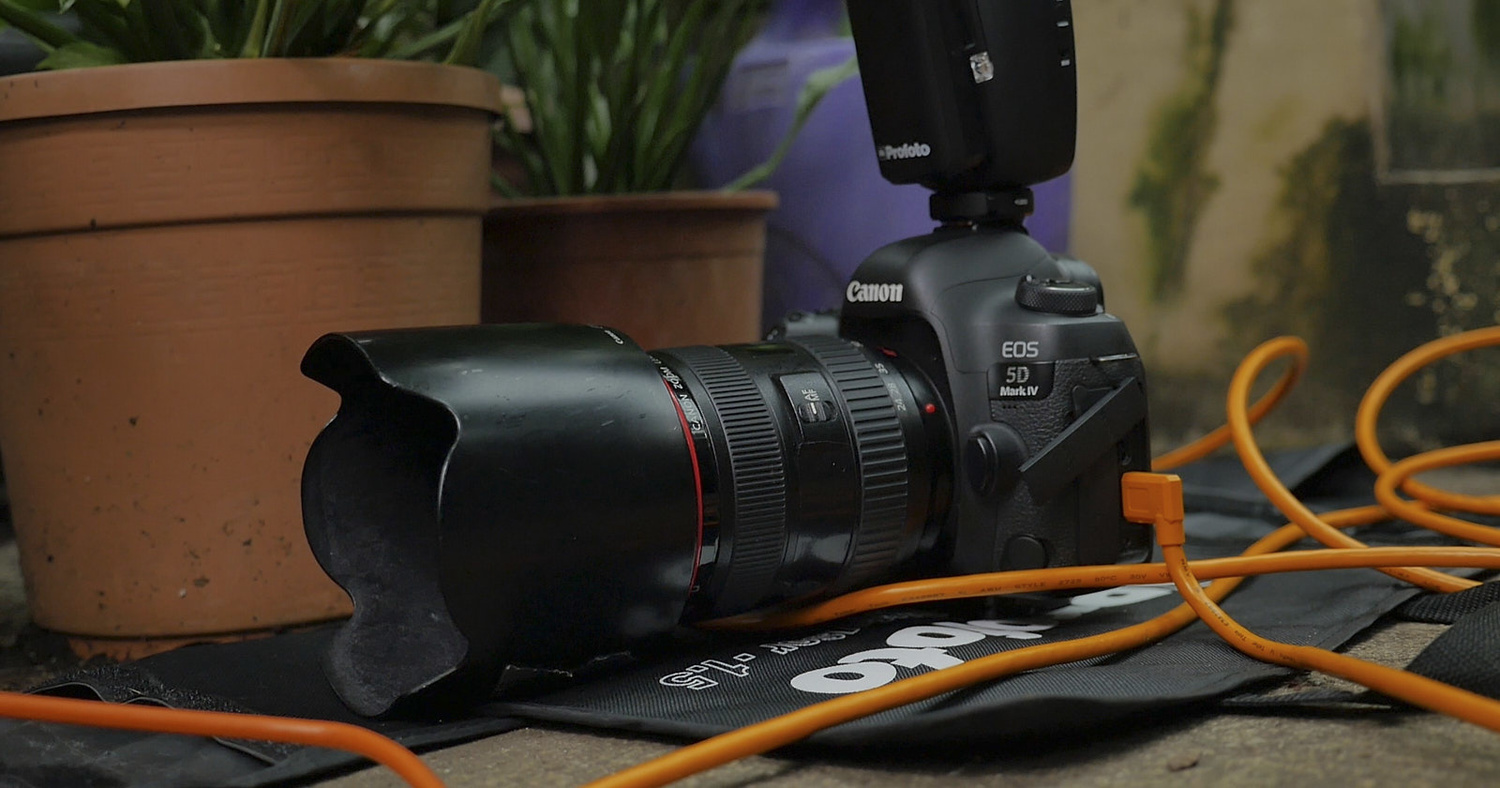If you’re anything like me, you like to save as much on gear as possible. As expensive as gear is, there are some things I suggest you should not go cheap on. This list consists of stuff that is long-lasting and will not go out of date quickly.
There are reasons to save up on gear, for me it is the ability to travel and explore the world more. As a matter of fact, I am writing this sentence from the rather sunny but cold Stockholm. Whilst not being a budget destination, it is a beautiful one nonetheless. What's better I’m here for work, but I always come a few days before to enjoy the city before getting behind the camera. In any case, I value travel more than gear, so I go cheap on cameras, as well as other stuff, but never the things you’re about to see.
Grip
Grip lasts decades and you need to buy it once. The only thing is that if you buy grip cheap once and then expensive twice. My reason for getting an expensive grip is that it is reliable and I need it to support thousands of dollars of gear. The grip I own is Manfrotto/Avenger. While there wasn’t a brand preference for me at the start, now I choose those two brands as I know their lineup and enjoy the product. What is more, I haven’t had any problems with their stuff breaking. Sure, I own the more heavy-duty grip equipment which I prefer to the lightweight carbon-fiber “falls due to wind” stuff. Whenever buying light stands and other grip gear, I always buy used, because the stands last decades. So, in a way, I am saving by buying used, but also not because I buy top-of-the-line grip equipment to support the two next items on this list: expensive lights and expensive modifiers. 
Modifiers
My modifiers are made by Profoto, but I also love and use Godox Para. Both are very high quality and are built for professionals. The Profoto OCF line may be slightly lagging in how robust and durable it is, but to be frank I am more of a hard reflector person. From the OCF range, I only own the beauty dish, which is fun to use and so far fairly durable. Still, when I have to do anything serious I get the proper metal modifier and use that instead of the portable dish.
You may naturally wonder what makes expensive modifiers so expensive, I have an answer for you. For example, a cheap and expensive reflector will not be nearly as efficient when compared to each other. This is seen best when you compare two beauty dishes, the metal in the cheaper one will eat up more light, as well as create unwanted effects.
As for softboxes, the durability of the material is critical. For example, a high-end softbox is less likely to tear or yellow out over time. It is also likely to withstand more heat from the light. A comparison I often make is my cheap umbrella that broke after a few months of usage versus my Profoto umbrella, which was bought used 3 years ago. I have been on virtually every shoot I ever did, and so far so good. Expensive softboxes and soft modifiers will also be much more efficient in reflecting light. A problem some creatives encounter is also solved by having a better quality modifier: tints from various modifiers. I remember renting a softbox, and upon seeing the abysmal condition it was in rejected the rental. The reason was simply that the diffuser was so yellow I didn’t need a CTO filter. Had the rental house spent on good softboxes, they would’ve likely lasted a bit longer.
Storage
If you can’t store your images, why bother taking them? I learned the very painful way of losing files. That’s right, I lost 2TB of footage in a day, without any chance of ever getting it back. Clients were not happy, I wasn’t, and it was a giant mess. After that day, I swore an oath to a robust 3-2-1 backup system. Besides that, I also decided to not skimp on the drives I get. So far LaCie D2 drives have been great to use. I buy two identical ones, and use them like they were identical. There’s plenty of software on the market that will mirror two drives, I am currently trying out EaseUs Todo Backup as my previous software wasn’t all that reliable. If you have the cash to buy a RAID system, go for it. Unfortunately, I don’t, hence I will be sticking with two drives being mirrored for a while.
My workflow system doesn’t stop here. I have two SSD drives that take care of the material that I am working on now. Often when working on location I will have a third drive with all the footage from that day. The reason being is that I can’t back up to Backblaze without internet, but I need an off-site copy of my work somewhere. This is done using a drive that is given to the client at the end of the day. That way, I stay true to my backup system and ensure no image is lost. Ever.
Tether Cables
Perhaps the most unexpected item on this list, but a must for anyone who works with a crew on set. Put your ego away and show the crew what you’re doing. They will thank you, and you'll even get better images. The reason I spend the extra dozen on a proper cable from TetherTools is that they are more durable, they can transfer images much faster, are made to be walked over, and come in a funky orange that makes them the second most visible thing onset (after your photographer’s ego). They have an edge over regular cables in that they are made specifically for transferring data over a 5, or 10-meter distance. You can also add things such as TetherBoosts to increase the transfer speed. In fact, TetherTools offer an all-around solution to digital image capture hardware. I’ve bought quite a few things from them, and I love their products. Sometime in the future, I will build the ultimate tethering station. I don’t suggest going cheap on tether cables, as mine is used on every shoot. Literally.
Final Remarks
So, there you have it: some products I don’t suggest going cheap on. While gear is the most boring topic, at least in my opinion, some gear makes a difference and is worth writing about. I once went cheap on all of these and learned my lesson. Don’t be like me.







I agree 100% but I will say that my experience with TetherTools cables hasn't been good, mine seem to be quite temperamental. I'm also particular about lighting and grip cases, Lightware and Tenba are my preferences.
I have a lot of Pelican cases.
Did you find noname cable as long as TT ones ?
Man Tenba makes some really solid gear.
This is a real professional photographer. Hobbyists would recommend the sharpest lenses.
Also a real professional here...for over 55 years. I agree as to 'sharpest' lenses, but it is imperative to choose high quality lenses. Sharpness does not always mean high quality.
Because I do my work mostly at the company's space or rented studio, I appreciate having good transport cases, everything on wheels. Peli for camera and Think Tank and Broncolor cases for everything else. Had one of those no name brand case that I used for a few years and it just fell apart in the end.
Also another vote up for all your points, EXCEPT tethertools. 12 years experience professionally and I can easily say it’s the most overpriced / underperforming item I’ve owned. I’ve had Amazon usbc cables last 3x as long as a tethertool for a 1/4 of the price.
I would agree with you on all of these except the modifiers. I do have a Profoto B1 and A1 and a few Profoto branded modifiers, but unless you're just misusing modifiers, it doesn't really pay to buy name brand modifiers. I have some modifiers from Cowboys studio and Newer and other off brand and they have held up perfectly over the years.
I agree on this 110% I used low grade 100 dollar monitors for years until I experienced what a good monitor actually was. being able to see color as it's supposed to be with blacks being actually black and not dark gray with light bleed on the sides of the scree from the back light is pretty incredible. You will want to go back through all your images just to see what they look like on a good monitor. I ended up re-editing a bunch of stuff. One thing i noticed is that there were bricks of black in the darks and colorbanding on my early images that i never noticed until i got a good monitor
What constitutes a “good” monitor? I bought a Benq 2 years ago when I started editing (based on glowing reviews) only to realize the colours were always off and it’s impossible to calibrate. I literally have to finish editing on my tiny 13” macbook screen, terribly unsustainable and frustrating! I’d love to hear your advice to get a proper one. Thank you!!!
Benq makes good monitors, they also make budget modes. Proof tech reviewers aren't industry professionals. I'd take a marketing course from them however.
I too can attest to spending good money on good storage. I messed up ONE TIME and lost almost all of my shoots for about the previous 4 years. What I did upload to the cloud I had no raw files of. I still kick my self to this day about it and vowed to never let that happen again. luckily the loss never affected any paid work I did as the final files had been delivered to all those clients long before the catastrophe. I recently bought two western digital gold drives to archive my shoots. Suckers are sealed with helium since it's a lighter gas than oxygen which reduces drag on the higher quality motors that spin the higher quality platters to reduce the amount of wear. They also have higher quality needles for reading and writing. Everything about the gold drives is enterprise server farm grade. I too mirror what ever I store on one drive to another but I also upload all final images from a shoot to the cloud and then back up what's on the local drives to two more external drives that I can take with me if I need to use those files or if god forbid some disaster should happen at home. I'm also working on a 32 terabyte NAS storage setup since I now have a 102 MP camera that can shoot 16bit uncompressed raw files that can get over 200mb per image and even bigger after editing and saving to tiffs. bottom line is no matter how much you think you won't get affected by catastrophic drive failures it will definitely happen. Drives don't last forever protect your data!